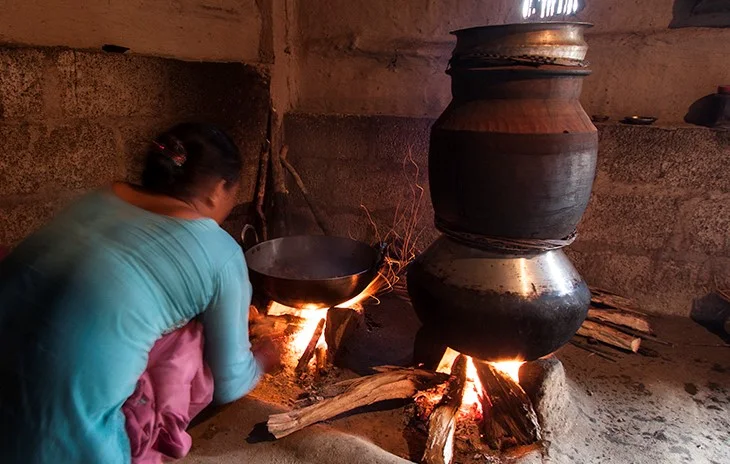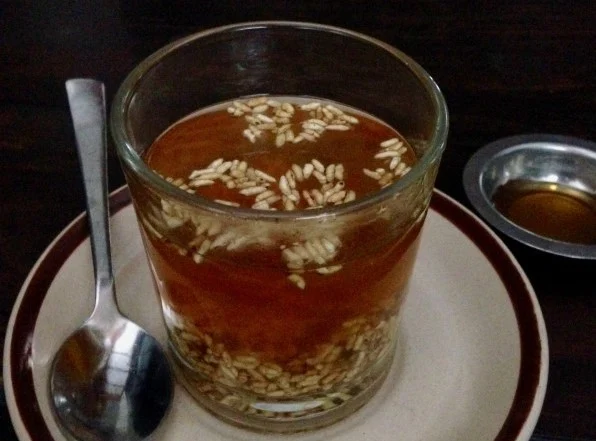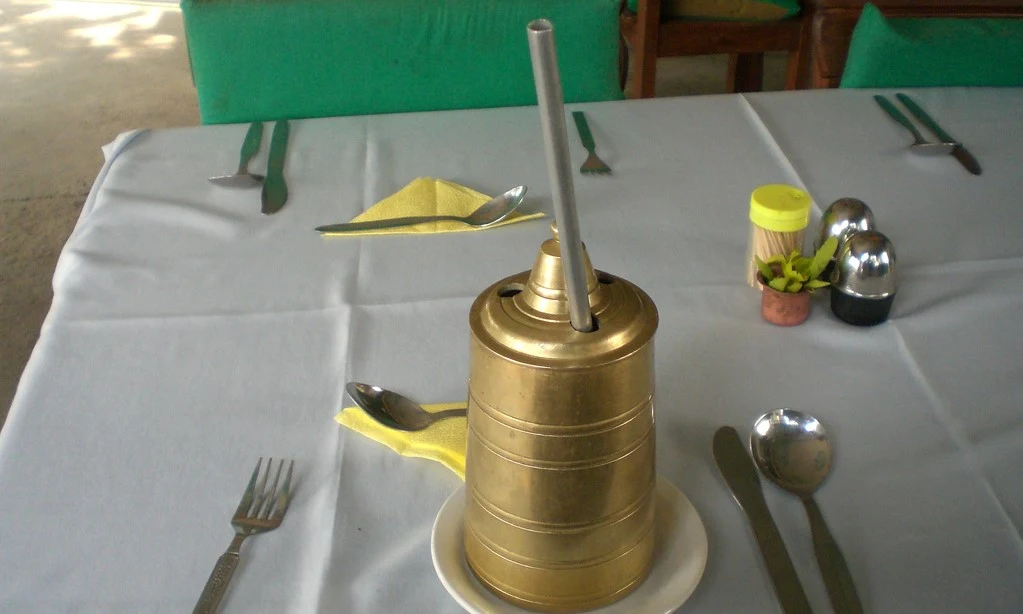Raksi has been a culture in Nepal, and the whatever the brand of alcohol it is widely known as Raksi in Nepal and It is quite important to know which Raksi you should drink in Nepal. Alcoholic drinks have long been incorporated into ceremonies and celebrations throughout Nepal. The best and strongest alcohols are often homemade, and Nepal has plenty to offer. In mountain regions, raksi warms cold nights while chhyang marks harvest seasons within Newari communities. With festival season approaching, alcohol will be poured freely. Here’s a brief guide to some of the alcohols you might encounter during your travels.
RAKSI
Though alcohol in Nepal is generally called raksi, the original brew is made from millet, rice, barley, or wheat passed through a distillation process. Also named kodo, tin pani raksi can pack a punch. With an alcohol content of more than 45 percent, raksi matches the proof found in whiskey. Homebrewed raksi can be clear or slightly cloudy, and served hot or at room temperature. The taste resembles Japanese sake. Drink slowly, however, as it can creep up on you.
JHAIKHATTE
Named for the sound made when raksi is mixed with hot ghee and grains of rice – jhhwaaiii! – jhaikhatte is a concoction ideal for winter. What a test.. Wow! This drink can be served with honey for those with a sweet tooth. Typical of most alcohol in Nepal, jhaikhatte is best enjoyed with snacks: popcorn, sukuti (dried meat), or sadeko, a fried dish of spiced peanuts, soybeans, or curried potatoes.
AILA
Aila is akin to tequila; one more Nepali spirit that can hit you without warning. Traditionally served in decorative pitchers in Newari communities, aila is now mixed into various cocktails found at hotels and bars in larger cities like Pokhara and Kathmandu. Clay and brass pots distill and “cook” aila, taking up to one week to ferment to satisfaction. Brews made from rice tend to be on the smoother side, while millet varieties pack a bit more kick. Test high-quality mixes from lower varieties with a flame; the best brews will burn deep blue.
TONGBA
Hailing from the eastern side of Nepal, this regional brew is commonly served in aluminum pitchers with a straw so fermented grains stay in the mug. Tongba is made by pouring boiling water over cooked, fermented millet, and locals insist the concoction gets tastier with time. One pitcher can be refilled several times over the course of an evening (once it gets sour, you know it is time to order another).
CHHYANG
Chhyang mimics tongba, but is white and milky in color. Both Sherpa and Newari communities drink chhyang during rituals and festivals. Grains are stored in a copper pot and boiled before being left to ferment; the resulting sweet-and-sour brew is poured into small, cup-like bowls for enjoyment. Chhyang can also be found throughout Bhutan and Tibet, and is believed to cure ailments such as the common cold.
MARPHA BRANDY
The Mustang District is famous for orchards and fruit juices; pear, apricot, and apple brandies have made their way down into city areas and onto shelves. Don’t let the fruity names fool you; this hard stuff will heat you up you from the inside out.
KHUKURI RUM
In the category of harder spirits, Khukuri Rum is the classic sauce of Nepal. Whether in the mountains of Solukhumbu or along the shores of Lakeside, you’ll see men drinking this straight up, or mixed with hot water.
NEPALI BEER
Local brews include Gorka, Nepal Ice, and Everest, and a fleet of microbrews is beginning to emerge. Based in Kathmandu, Sherpa Brewery prides itself on being the first producer of craft beer, shipping small batches of Kolsch throughout the country.
WINE
Nepal’s wine movement has steadily gained momentum, moving from restaurant menus listing “red” and “white” to hotel servers asking customers if “sweet” or “dry” is preferred. Wine bars and wine tasting events can now be found throughout the Kathmandu Valley. The sweet local blend Hinwa began its run in the mid ’90s, and Pokhara’s Dadaghare has claimed title to one of the more popular brands. Nettlange carries notes of orange and nettle, while Grapple is brewed from a mix of imported grapes and Mustangi apples. In addition to local wines, plenty of international products can be now be found in shops and tourist areas.
If you’re unsure of which alcohol to try, don’t hesitate to ask a local. One mention of the word “raksi” brings smiles and laughter – no matter which area of the country you visit.




